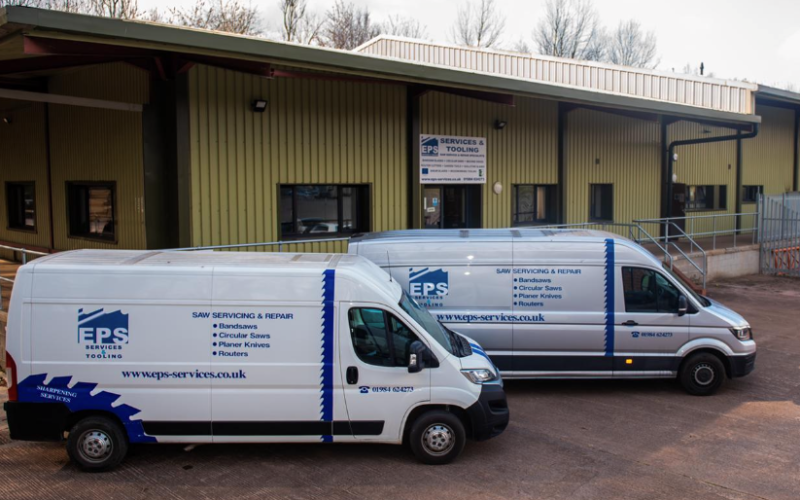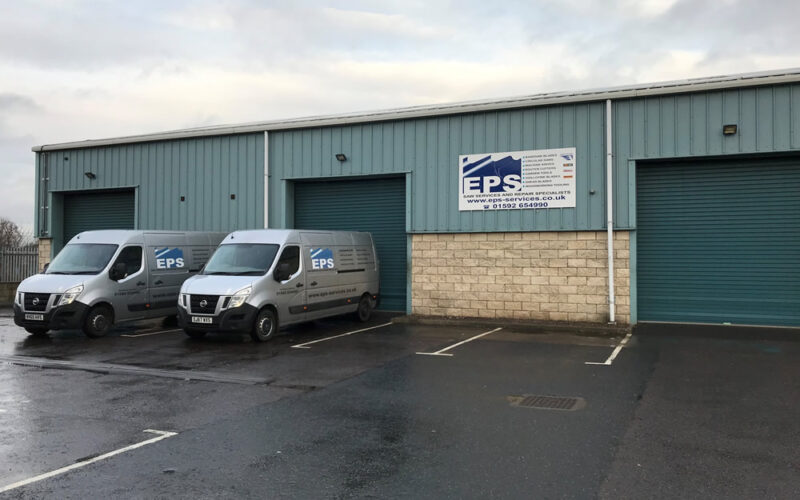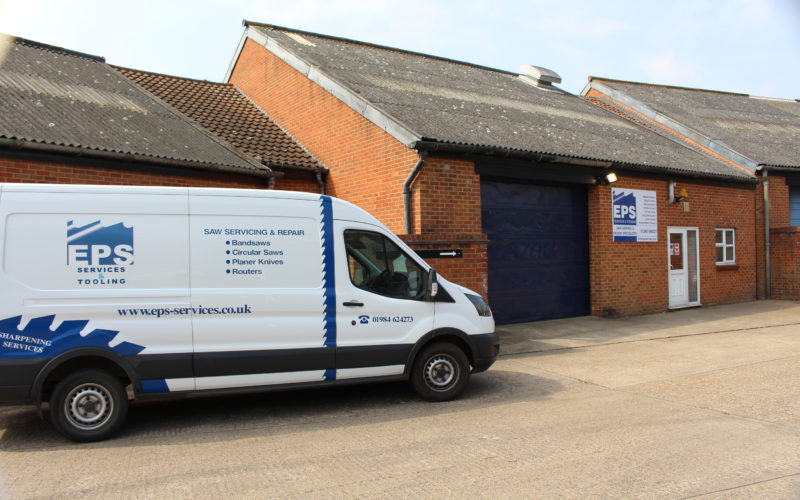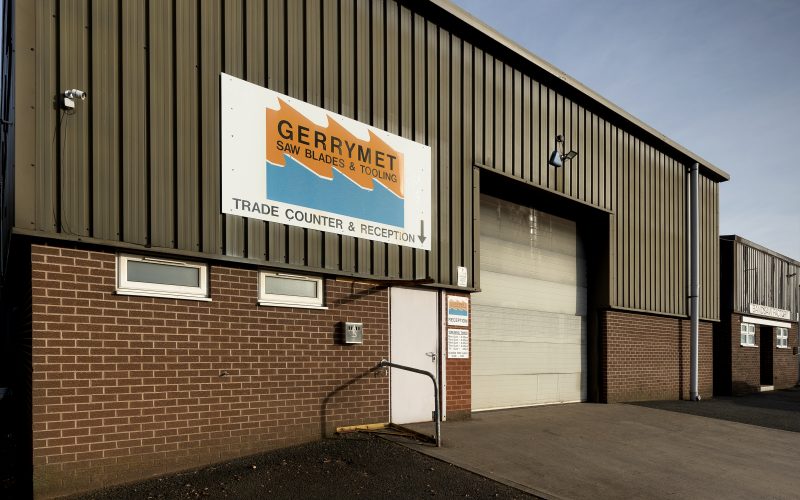Beyond the Blade: Unlocking the Full Potential of Thin Kerf Sawing
How small changes in kerf width can create big results in yield, sustainability, and profitability.

Rethinking the Basics
In our previous article, we explored how thin kerf saw blades can drive dramatic improvements in timber yield, waste reduction, and overall production efficiency. But that’s just the beginning.
Smarter Sawing, Not Just Thinner
As more sawmills consider adopting thin kerf systems, the conversation is shifting. It’s no longer just about cutting thinner — it’s about cutting smarter. Understanding the full impact of kerf width on yield, operational strategy, and sustainability can help mill owners unlock even more value from their existing operations.
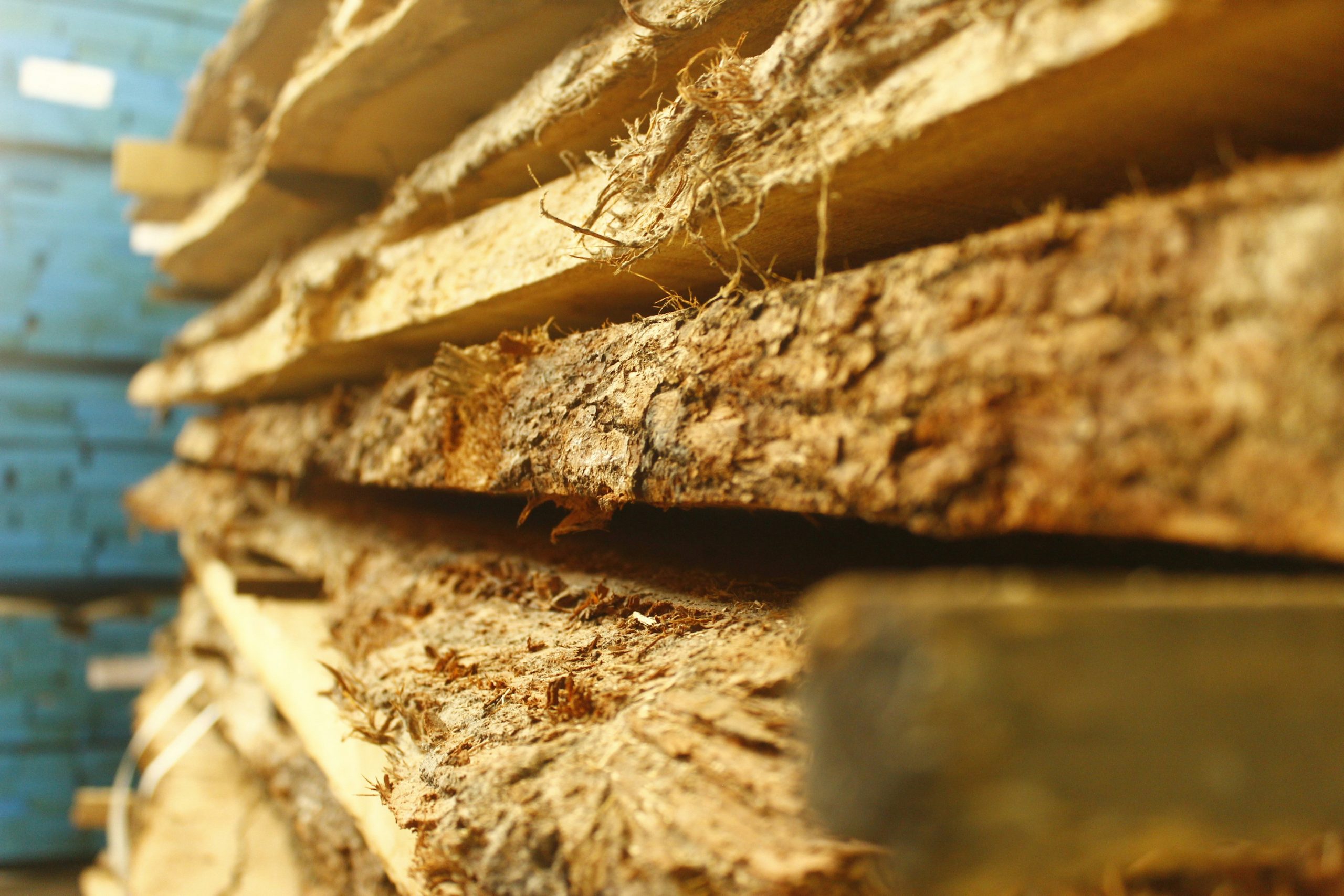
A Millimetre That Matters
The term “thin kerf” might suggest a minor tweak, but the effect of shaving just 1 mm off a blade’s width can be surprisingly powerful.
According to simulation-based research conducted in Scandinavia, reducing the kerf by 1 mm can increase volume yield by approximately 1.3 to 1.5 percentage points. While that might not sound game-changing on its own, scaled across hundreds of logs per day, the numbers compound quickly — into extra sellable product, reduced sawdust waste, and lower raw material demand.
Less Material Loss, More Marketable Timber
This increased yield isn’t just about volume — it’s about product quality too. Thinner kerfs mean narrower cut lines, which allow for better recovery of usable timber, particularly in high-value grades where every millimetre counts.
By minimising the material lost to sawdust, mills can extract more boards per log, improve the dimensional accuracy of cuts, and reduce variability between pieces. That’s especially useful in value-driven segments like joinery, furniture, and engineered wood products.
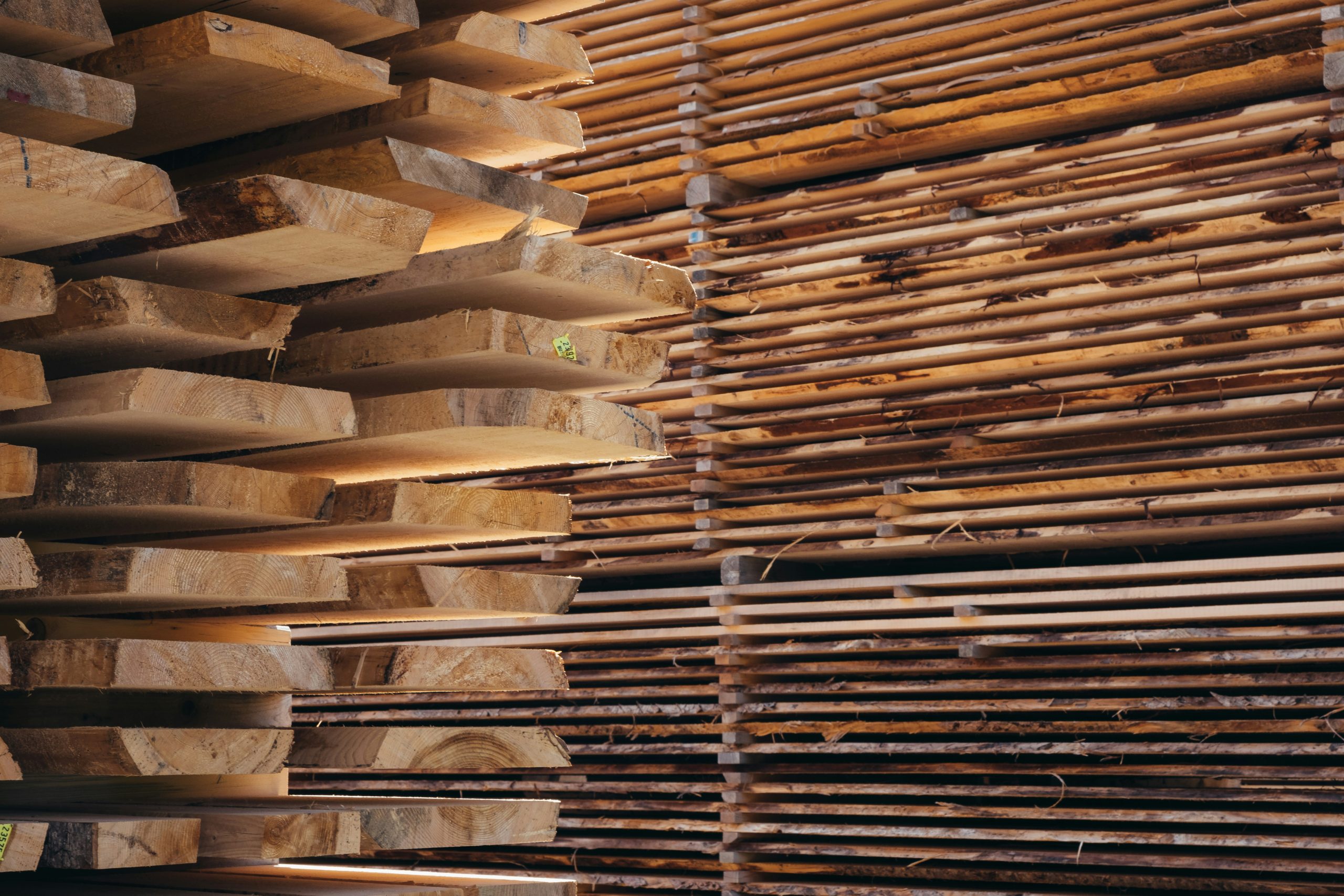
Efficiency without Compromise
In the original article, we highlighted how thinner kerf blades contribute to lower power consumption and reduced wear on equipment. That remains true — but the research adds an extra layer of insight: the benefits of thin kerf systems don’t require compromise in cutting patterns or production speed.
Whether working with fixed or optimised sawing patterns, the gain in yield per millimetre remains consistent. This flexibility allows mills to adopt thinner blades without needing a full process overhaul, making upgrades both technically and financially feasible.
Sustainability by Design
From an environmental standpoint, thin kerf saws offer an elegant solution to the pressure facing the forestry and timber industries: how to do more with less.
By maximising recovery from each log, mills reduce the need to harvest as many trees for the same output. Less waste also means fewer disposal costs and less energy used to extract and handle offcuts. Combined, these changes support sustainability goals while preserving margins.
Thin Kerf: A Smarter Standard?
The move to thin kerf saws used to be considered niche — suited only to specialist lines or high-value cutting. That’s no longer the case. With modern blade technology, proven simulation data, and growing market pressure to improve efficiency, thin kerf tooling is fast becoming a strategic standard.
Whether you’re revisiting your sawline setup or simply trying to squeeze more out of each shift, the message is clear: don’t underestimate the power of the kerf.
If you’re considering making the switch to thin kerf saw blades and want tailored advice for your mill, our experts are here to help. Reach out to your local EPS Service Centre to discuss the best options for your setup. Contact us today and start unlocking more yield, less waste, and greater efficiency.



